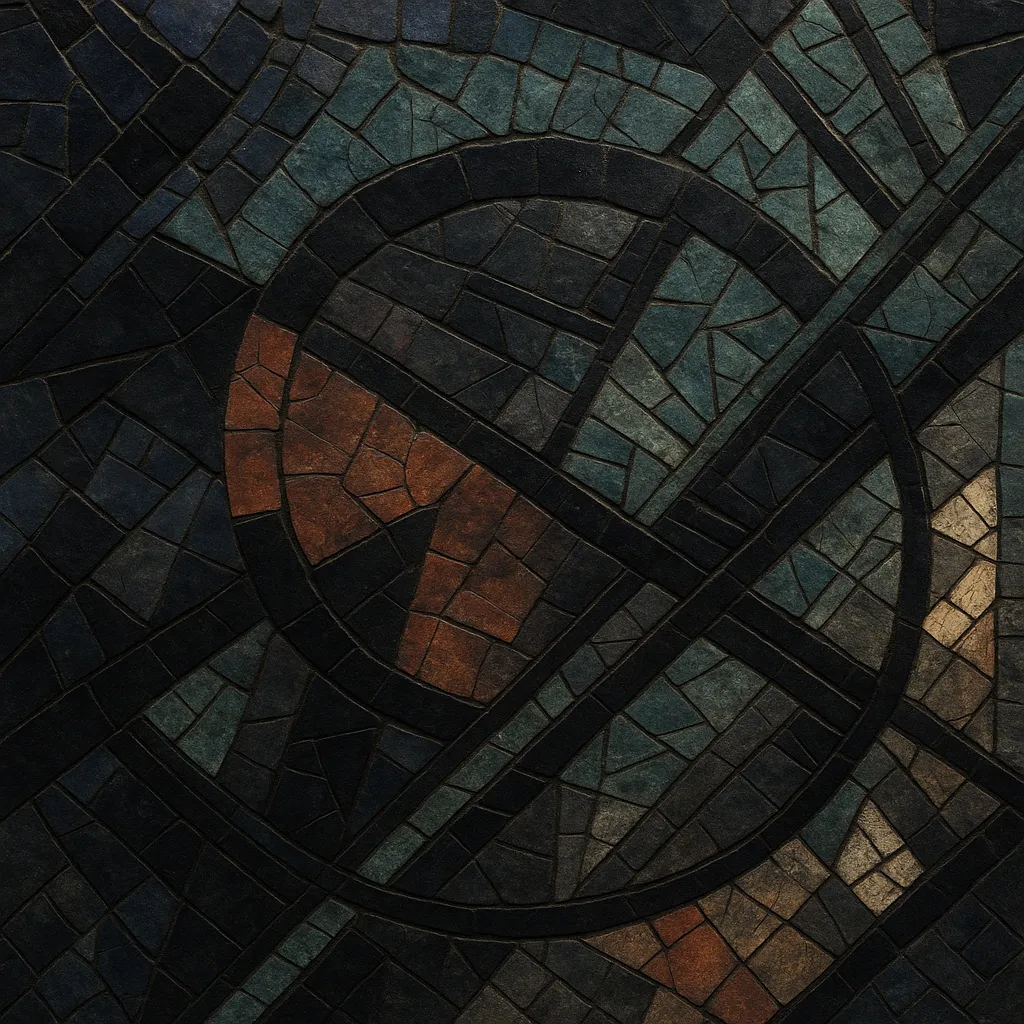Halftime is a bass‑music subgenre built around drum and bass’ 170 BPM engine but written with a hip‑hop/trap‑like half‑time groove. Producers either write at 160–174 BPM with the snare landing on beat 3, or at 80–90 BPM and double-time the sound design and phrasing.
The style emphasizes subweight, sparse but heavy drums, and intricate, neuro‑influenced sound design. It borrows the swing, swagger, and negative space of hip hop while retaining the sound-design complexity of drum and bass and dubstep. The result is a head‑nod, low‑slung feel that still translates powerfully on big systems.
Experiments inside the UK drum and bass community—especially the Autonomic movement (dBridge, Instra:mental)—normalized spacious, halftime‑feeling grooves at 170 BPM. Simultaneously, dubstep and hip hop provided the vocabulary for sub‑pressure and head‑nod swing, while neurofunk introduced advanced bass sound design. These currents converged to create fertile ground for a new, explicitly half‑time form.
By the mid‑2010s, the sound coalesced around labels and crews such as Exit Records, Critical Music, Ivy Lab’s 20/20 LDN, and later 1985 Music. Artists like Ivy Lab, Fracture, Skeptical, Om Unit, Sam Binga, and Alix Perez began releasing tracks that were clearly neither traditional DnB rollers nor pure hip hop—lean, syncopated beats at 85/170 with immense low end and neuro‑grade textures. The term “halftime” gained traction across press, DSP stores, and club flyers.
The sound spread rapidly beyond the UK. North American bass artists—Eprom, Tsuruda, Chee and others—folded glitch‑hop, wonky, and trap sensibilities into halftime’s framework, yielding tougher, more experimental versions. Club nights and festival stages began to feature halftime alongside DnB and leftfield bass, and labels like 1985 Music and Astrophonica became consistent outlets.
Halftime stabilized as a recognizable lane within the wider 170 community and the bass‑music festival circuit. Its techniques and grooves now bleed into wave, hybrid trap, experimental hip hop, and deconstructed club. Meanwhile, DnB DJs commonly switch into halftime mid‑set, reinforcing its role as a bridge between head‑nod beats and high‑velocity dance music.


